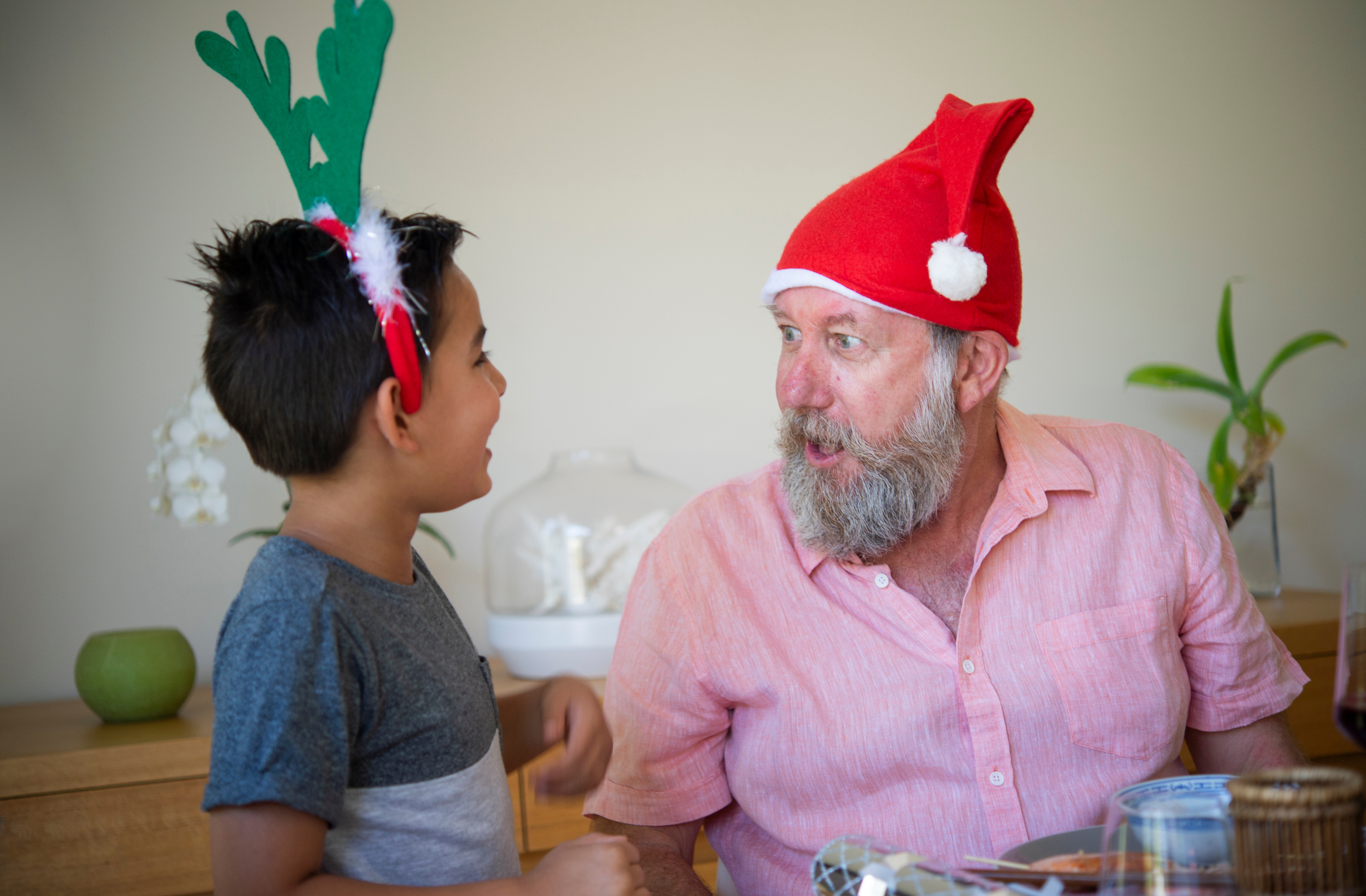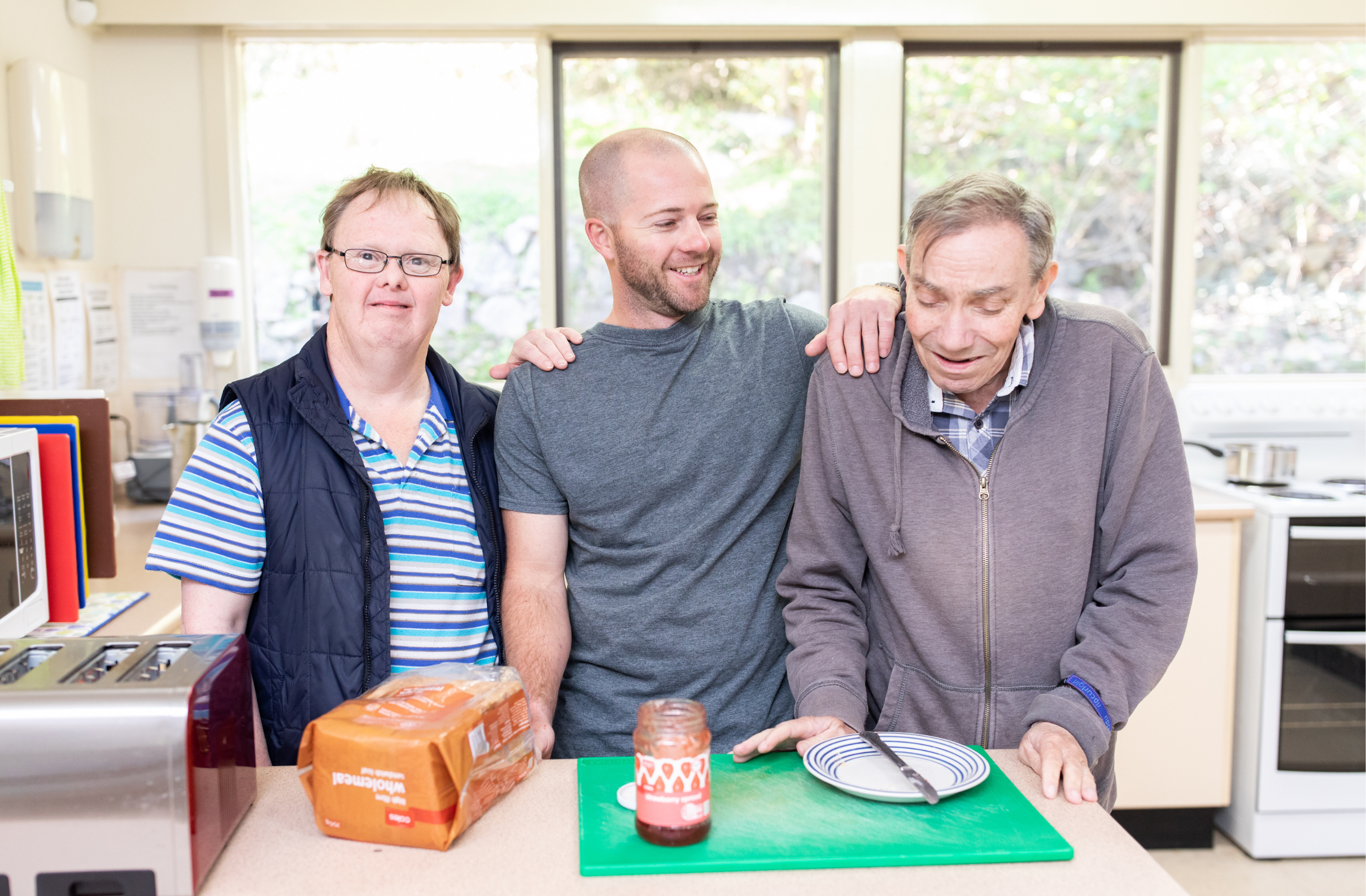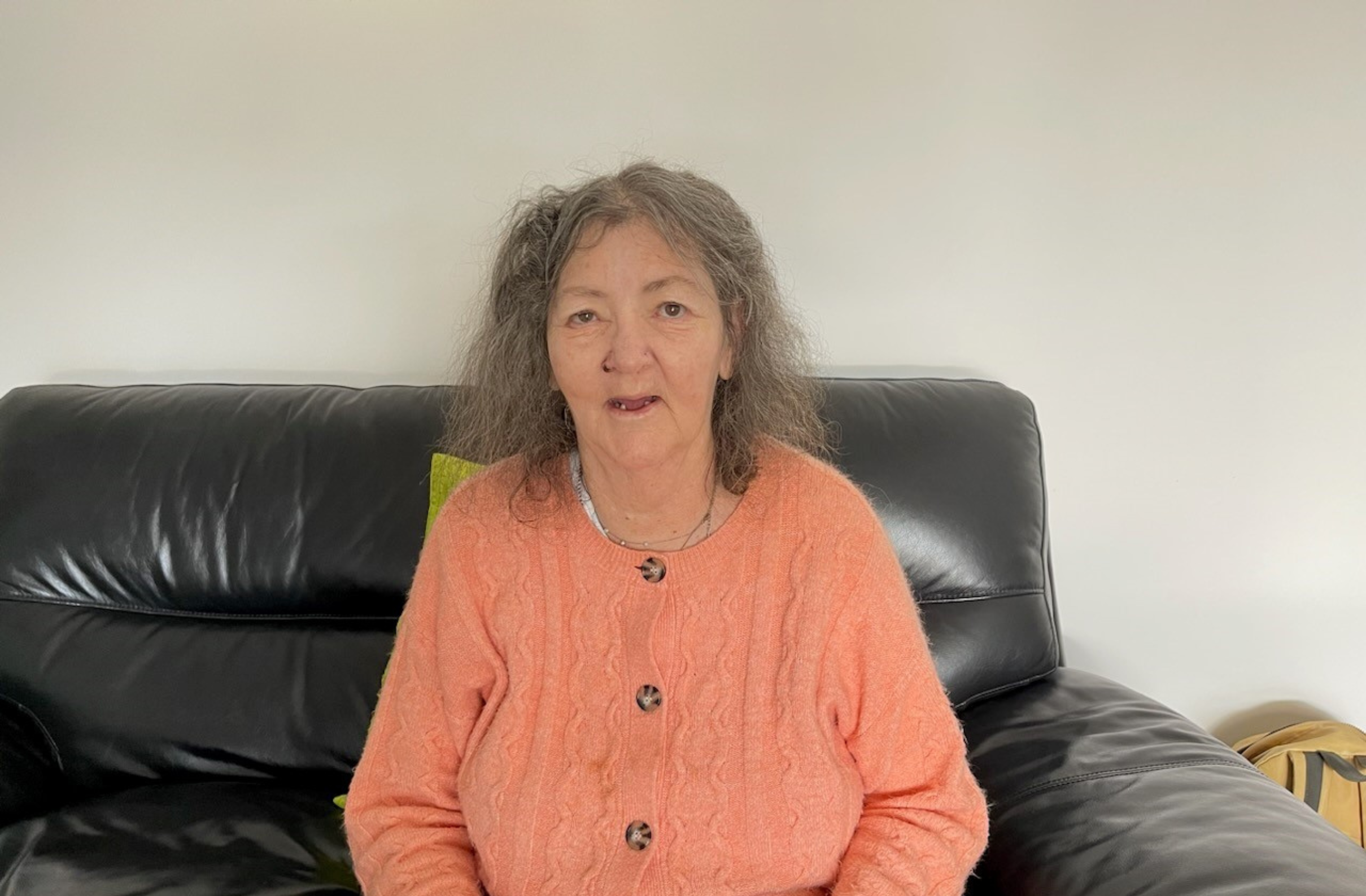When a young person you are caring for is showing behaviours of concern, it can be difficult to know how to respond.
One useful strategy is to look behind the behaviour to the feelings. Especially around the teenage years, emotional ups and downs are commonplace and all young people have difficulty, at times, with recognising or expressing their feelings.
For young people placed in out-of-home care, understanding feelings can be especially tough.
They may be carrying distressing feelings as a result of their life experiences and they may not have had the benefit of learning from watching other people successfully managing and communicating difficult emotions.
Focusing on feelings can be of enormous help to a young person showing behaviours of concern. In addition to providing a positive role model for managing intense feelings, focusing on feelings can provide a powerful defusing of the immediate situation.
The following four steps provide a guide to focusing on feelings with a young person showing behaviours of concern.
Calmly acknowledge the feeling
A simple statement can acknowledge and name the feeling behind the behaviour. This doesn’t need to be complex and a calm voice will enable the young person to hear what you are saying without feeling criticised. ‘I can see that you are feeling angry,’ is one example of what to say.
Link the feeling to the behaviour
A young person may not realise that their emotion is driving their behaviour. Create a link by stating the two together. ‘I can see that you are feeling angry because you stormed off to your room’. This allows the young person to see that you understand and care about their feelings as well as noticing their behaviour.
Suggest a different behaviour
Next, include a suggestion of a more appropriate behaviour. ‘I can see that you are feeling angry because you stormed off to your room. Try listening to your favourite song,’ offers an immediate alternative behaviour that focuses on calming the intensity of the feelings.
Offer supportive engagement
Let the young person in your care know that you are willing to engage with them once the challenging behaviour stops. Keep your voice quiet to encourage a similarly calm response.
‘I can see that you are feeling angry because you stormed off to your room. Try listening to your favourite song and, once you are feeling able to sit with me, we can talk about what is going on.’
Remember that the young person is likely to need some time before they are calm enough to take up this offer. Let them know that you are nearby.
Once they are open to conversation, use an accepting tone of voice and ask non-blaming questions about what was happening for them before the challenging behaviour occurred.
Focusing on feelings is one way of taking the time to listen and understand. For a young person with experiences of distress, neglect or violence, this can be a powerful experience of validation. It also adds to their ability to find words to describe what they are feeling in the future.
Learn effective tools to help with your child’s behaviour – Download our ebook 10 Ways to Help Children with Challenging Behaviour. Our ebook will help you create a nurturing environment and provide the right guidance, so you can help a child or young person learn healthy behaviours.
If you are a carer finding it difficult to cope with behaviours of concern, contact Challenge Allied Health or your case worker today.
If you would like to help a child or young person in need by becoming a foster carer, contact Challenge Community Services on 1800 084 954 or via our online form.













